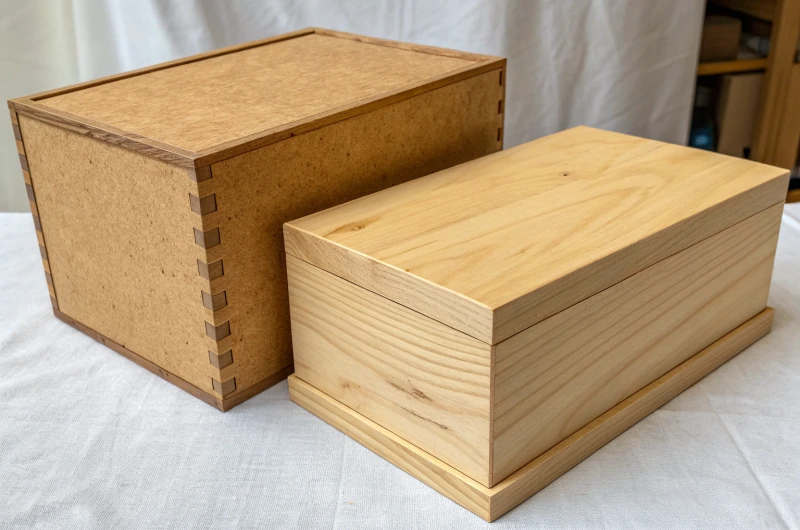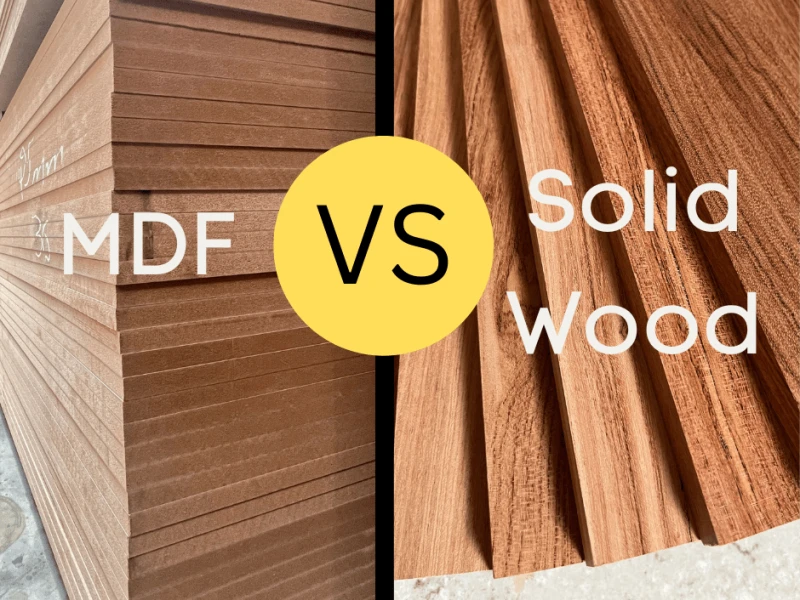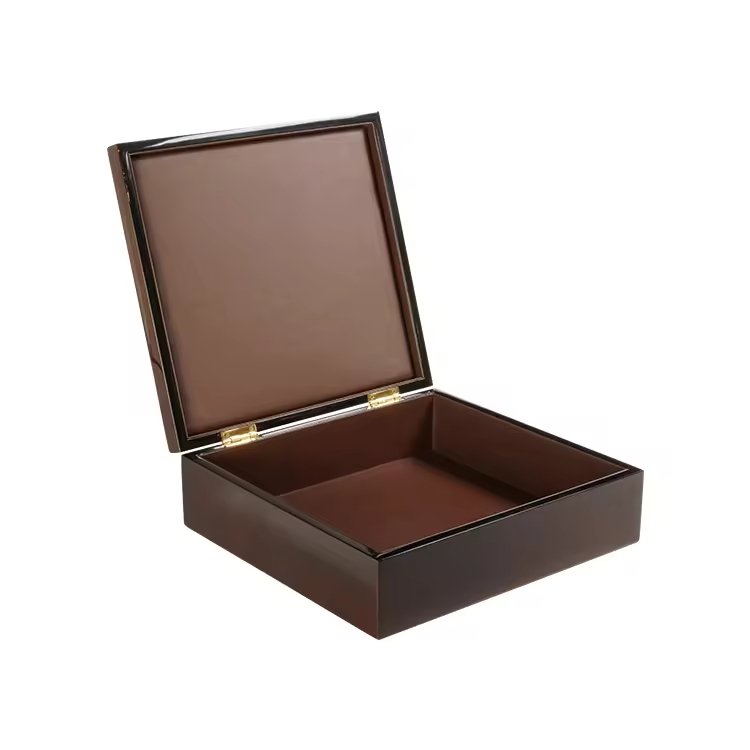
Luxury packaging speaks differently across regions. A single design may not connect with every cultural market.
Yes, cigar box visual styles can be segmented. European buyers often prefer restrained elegance, while Middle Eastern markets value ornate luxury. Both demand authenticity and cultural respect.
The challenge is building packaging that adapts to regional preferences while protecting the brand’s global voice.
Why do different cultural markets demand distinct aesthetic expressions in luxury packaging?

Global brands often assume one design works everywhere. But cultural expectations tell another story.
Different cultural markets demand distinct packaging aesthetics because luxury is defined differently in each cultural context.
In my experience, cigar buyers in Europe and the Middle East do not see packaging the same way. Europeans may admire restraint, while Middle Eastern buyers look for bold celebration. This is not about right or wrong—it is about cultural codes.
Why cultures see luxury differently
- History: Europe connects luxury to aristocracy, art, and minimal refinement.
- Tradition: The Middle East links luxury with generosity, celebration, and richness.
- Symbols: Colors, patterns, and finishes carry different meanings in each culture.
Practical impact on packaging
A cigar box that succeeds in London may feel cold in Dubai. A box that sells in Riyadh may feel too loud in Paris. This is why segmentation is not just smart—it is necessary.
| Market | Luxury Expression |
|---|---|
| Europe | Minimal, muted, refined |
| Middle East | Ornate, bold, radiant |
For global cigar brands, respecting cultural taste is the path to relevance.
How does European elegance often favor minimalism, muted tones, and timeless refinement?

Many European buyers see beauty in silence. Flashy packaging risks looking insecure.
European elegance often favors minimalist forms, muted tones, and timeless refinement. Less is more in this market.
When I worked with a Swiss distributor, their request was clear: “No heavy gold, no crowded patterns.” They wanted a matte walnut box with a small embossed logo. For them, elegance means self-control.
Visual traits of European elegance
- Matte or semi-matte finishes.
- Muted colors: black, grey, cream, natural wood.
- Subtle branding: engraving, discreet foil.
Why this style works in Europe
Luxury here is tied to heritage and subtle confidence. A box with quiet presence is considered sophisticated. Over-decoration is seen as a lack of refinement.
| Element | European Preference |
|---|---|
| Color palette | Muted, neutral |
| Branding | Small, discreet |
| Surface finish | Matte, semi-matte |
| Decoration | Minimal |
European elegance whispers. It does not shout. And that whisper often sells more effectively than noise.
In what way does Middle Eastern luxury embrace ornate patterns, bold colors, and metallic accents?

In Middle Eastern markets, quiet packaging can feel empty. Luxury here is meant to be seen and shared.
Middle Eastern luxury often embraces ornate patterns, bold colors, and metallic accents to express grandeur and generosity.
I once designed a cigar box for a Saudi client. They wanted rich mahogany with gold inlays, arabesque patterns, and emerald-green velvet lining. For their market, this level of detail was not excessive. It was expected.
Key features of Middle Eastern luxury
- Deep, bold colors: gold, red, emerald, royal blue.
- Decorative motifs: arabesque, geometric patterns.
- Strong use of metallic accents: gold leaf, brass inlays.
Why this style works in the Middle East
Luxury here is about expression and hospitality. Cigars are often shared socially. A lavish box signals generosity and honor to guests.
| Element | Middle Eastern Preference |
|---|---|
| Color palette | Bold, vibrant |
| Branding | Prominent, ornate |
| Surface finish | Gloss or satin |
| Decoration | Patterned, metallic |
For Middle Eastern buyers, a cigar box is not only storage. It is also a stage for cultural pride.
How can a brand develop flexible design codes to adapt while keeping a unified identity?
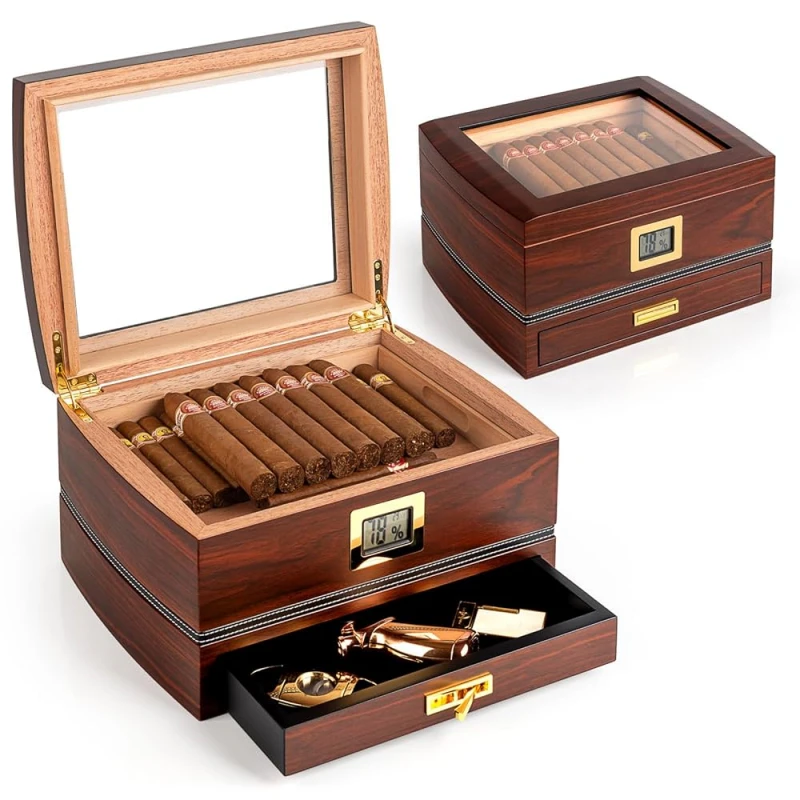
Brands risk losing themselves if they adapt too much. Flexibility needs discipline.
A brand can develop flexible design codes by defining core identity elements, then adapting cultural details around them.
For example, one brand may define “heritage logo, premium wood, and fine craftsmanship” as non-negotiable. But color, finish, and pattern can shift per market.
Core vs. adaptive elements
- Core (global identity): logo, brand name placement, craftsmanship standard.
- Adaptive (local taste): color palette, pattern style, finish level.
Practical example
A European box may use matte walnut with embossed silver. The same brand’s Middle Eastern version may use glossy rosewood with gold foil arabesque. Both are true to the brand, but tuned for each culture.
| Element | Core Identity | Adaptive |
|---|---|---|
| Logo | Consistent | — |
| Material choice | Premium wood | — |
| Color | Neutral base | Market-specific |
| Pattern | Simple base | Regional detail |
This system ensures brands stay global while sounding local.
Why is cultural sensitivity key to avoiding stereotypes in regional packaging styles?
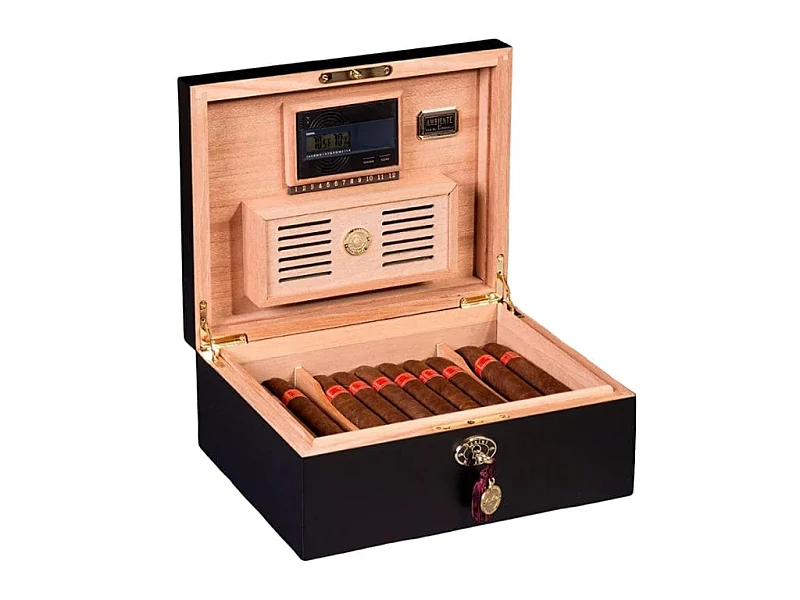
Brands risk insulting rather than impressing if they copy clichés.
Cultural sensitivity is key because luxury buyers reject stereotypes. Packaging must honor, not caricature, cultural aesthetics.
I learned this when a client once suggested “just put camels and desert motifs for Middle East.” I explained this would feel cheap and disrespectful. Buyers there expect true artistry, not tourist symbols.
How to stay sensitive
- Work with local consultants or distributors.
- Study cultural art forms with respect.
- Avoid generic symbols with no authentic meaning.
Example
Instead of using random “Arabic fonts,” brands can use real calligraphy inspired by traditional manuscripts. Instead of “oriental patterns,” they can commission regional artists.
| Risk | Respectful Alternative |
|---|---|
| Generic camel motif | Arabesque geometry |
| Random Arabic font | Authentic calligraphy |
| Overused gold foil | Balanced luxury palette |
Sensitivity builds trust. Without it, packaging feels fake. Luxury buyers will notice immediately.
Should brands create permanent segmented lines, or only release market-specific limited editions?

The decision depends on market strategy. Both approaches have value.
Permanent segmented lines work for stable demand, while market-specific limited editions are better for testing and exclusivity.
Some brands maintain separate product lines for Europe and the Middle East, reflecting long-term commitment. Others release special editions for events like Ramadan or Christmas, giving seasonal excitement.
Pros and cons
- Permanent lines: build steady identity in each market but need higher investment.
- Limited editions: reduce risk, create urgency, test response.
My advice
Start with limited editions to learn. If demand proves stable, evolve into permanent segmented lines.
| Strategy | Advantage | Challenge |
|---|---|---|
| Permanent lines | Strong local presence | High cost, complex logistics |
| Limited editions | Flexibility, exclusivity | Short-term only |
Both models can succeed. The key is alignment with market size and brand goals.
Conclusion
Cigar box visual styles can and should be segmented. Cultural taste defines luxury differently, and packaging must adapt without losing authenticity.
Brand Name: WoodoBox
Slogan: Custom Wooden Boxes, Crafted to Perfection
Website: www.woodobox.com
WhatsApp: +86 18359265311

